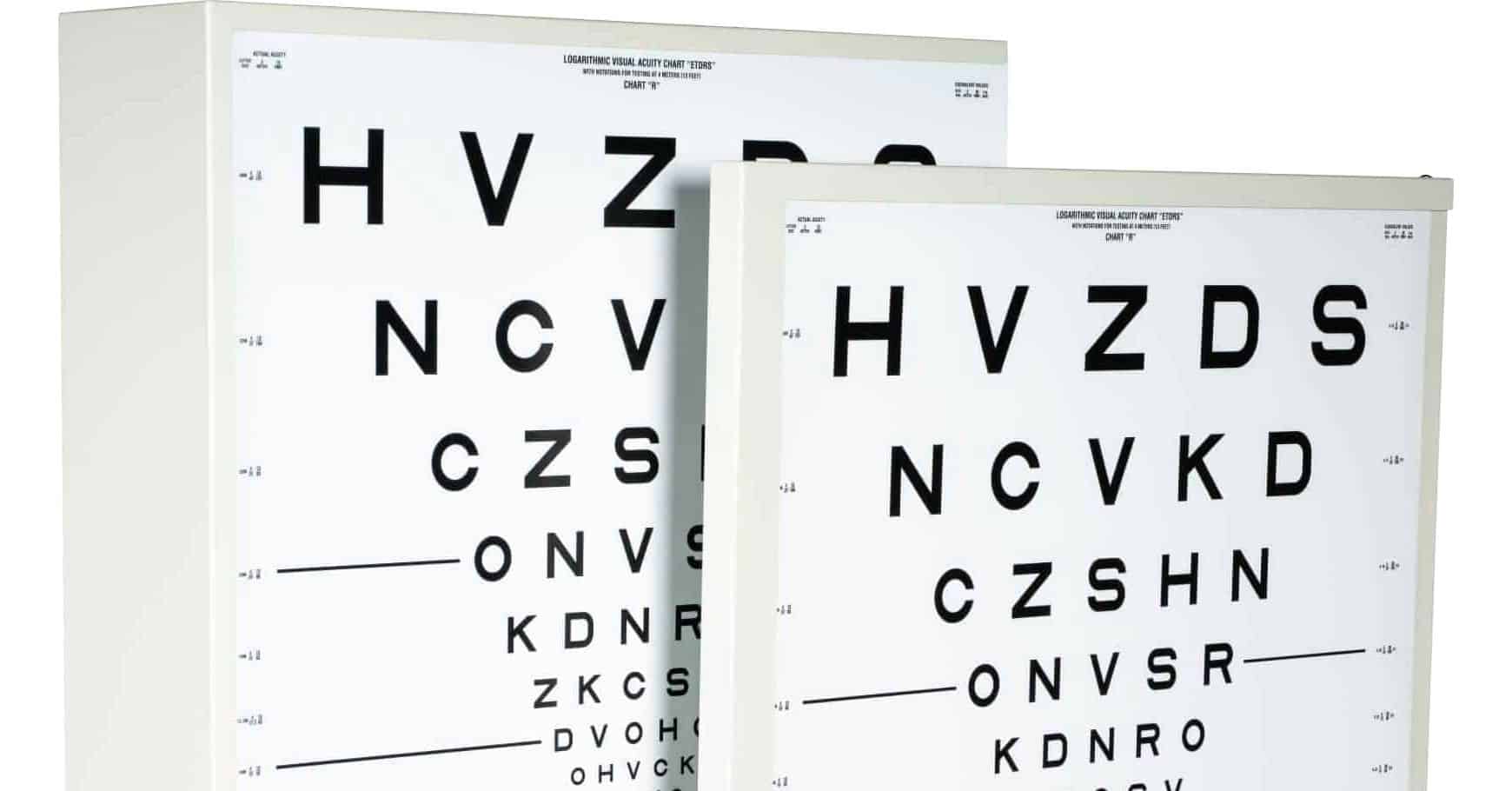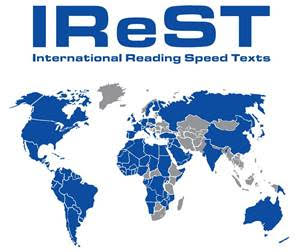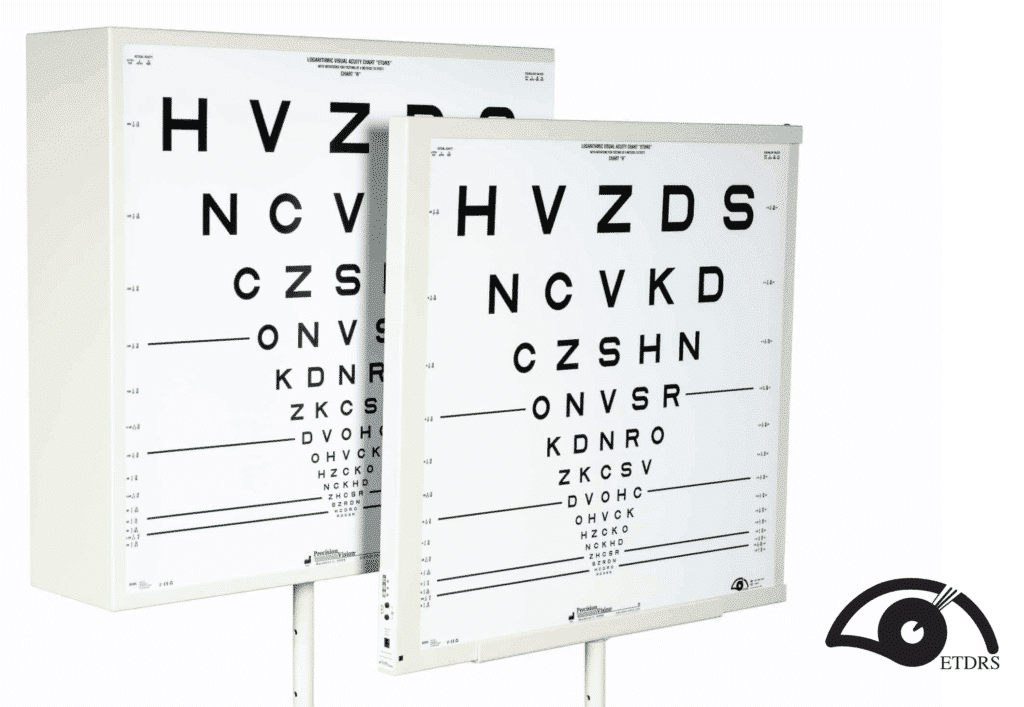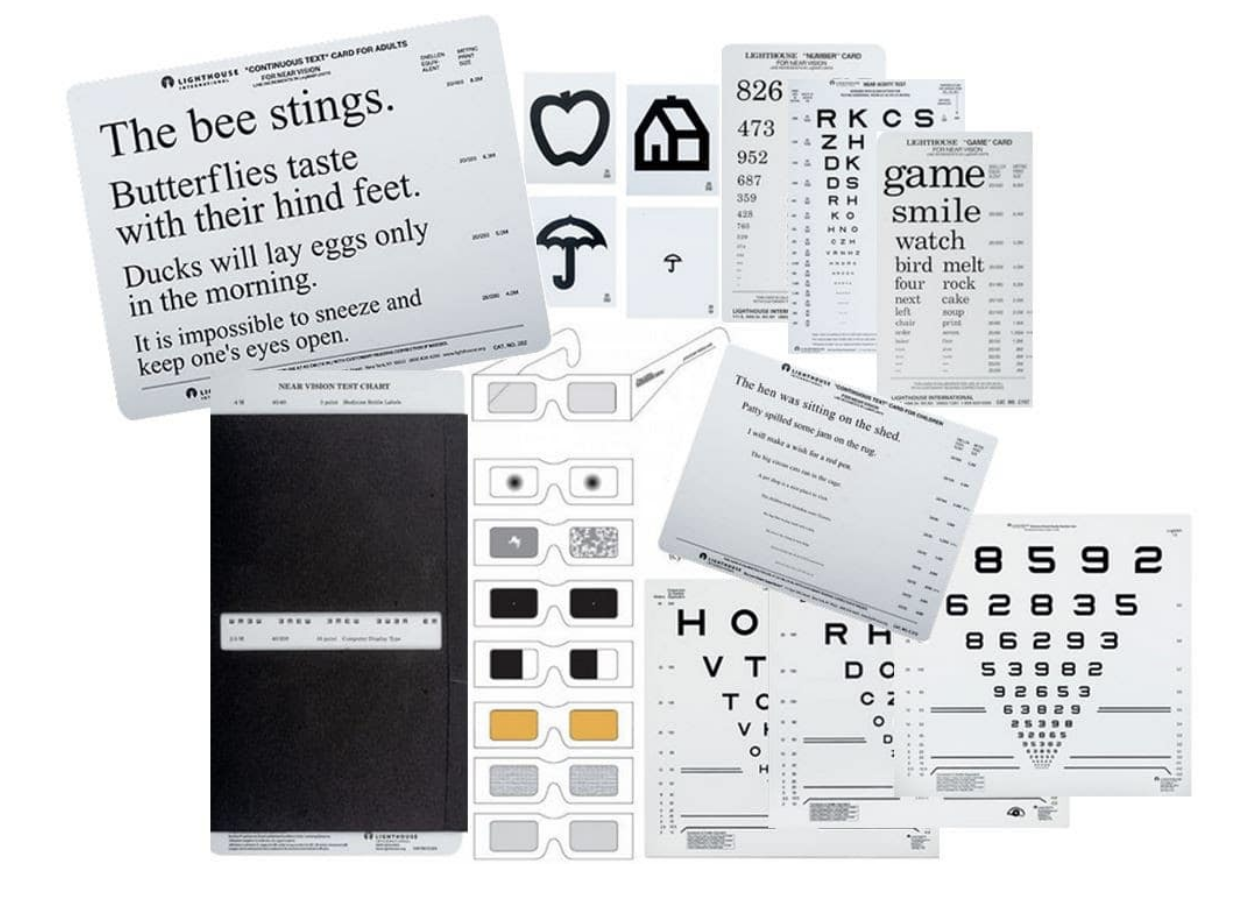
EyeOnVision January, 2022
IN THE NEWS
Effects of home reading training on reading and quality of life in AMD—a randomized and controlled study

Age-related macular degeneration (AMD) causes reading impairment, reduced quality of life (QoL), and secondary depression. Studies have shown that support with magnifying aids improved reading speed (RS), emotional and cognitive status, and QoL. The linked study investigates whether additional reading training (RT) (after adapting to appropriate visual aids) can further improve vision rehabilitation.
PRODUCT SHOWCASE
The IReST differs from prior text charts that used single sentences by employing linguistically standardized paragraphs. They close a gap in the diagnostics of reading performance. The paragraphs are designed to resemble everyday life situations of reading continuous text, such as in books or newspapers.

PRODUCT PROFILE

Available in 19 languages and dialects, the IReST differs from prior text charts that used single sentences by employing linguistically standardized paragraphs. They close a gap in the diagnostics of reading performance. The paragraphs are designed to resemble everyday life situations of reading continuous text, such as in books or newspapers. The level of difficulty corresponds to sixth-grade reading (10–12 years), which is comprehensible for teenagers and adults. Due to lower variance, measuring the reading time of a complete paragraph rather than a single sentence or random words is more reliable. Furthermore, it can provide some information about fluency, fatigue, and mistakes.
ASK PRECISION VISION

Q: What demographic is IReST appropriate for?
A: Appropriate application groups are:
- Normal subjects
- Patients with low vision (monitoring of disease, the effect of treatment and rehabilitation)
- Patients with developmental dyslexia (severity of the reading disorder, the effect of training, etc.) – for juveniles and adults
- Low Vision patients
- Disease monitoring in AMD, especially in treatment studies
- After refractive surgery
- After multifocal intraocular lenses
- Neurological reading disorders
- Developmental dyslexia
- Clinical and Research Studies






